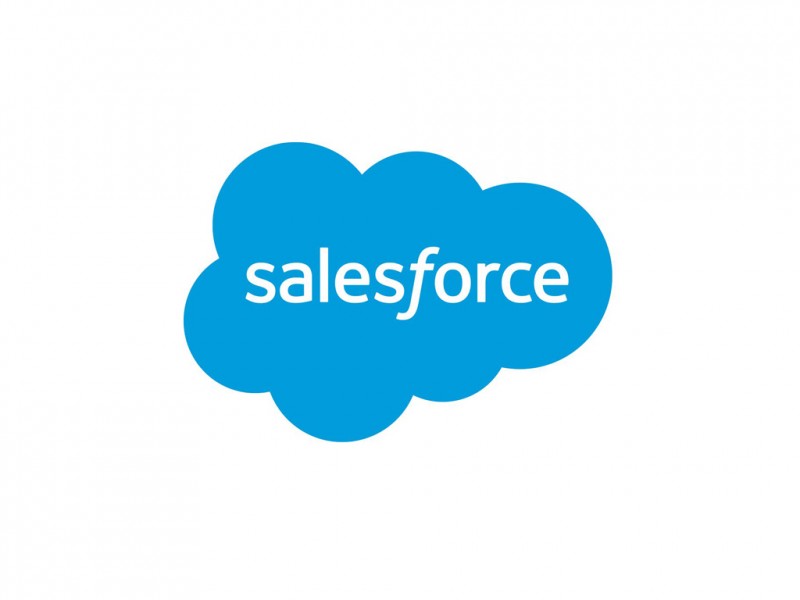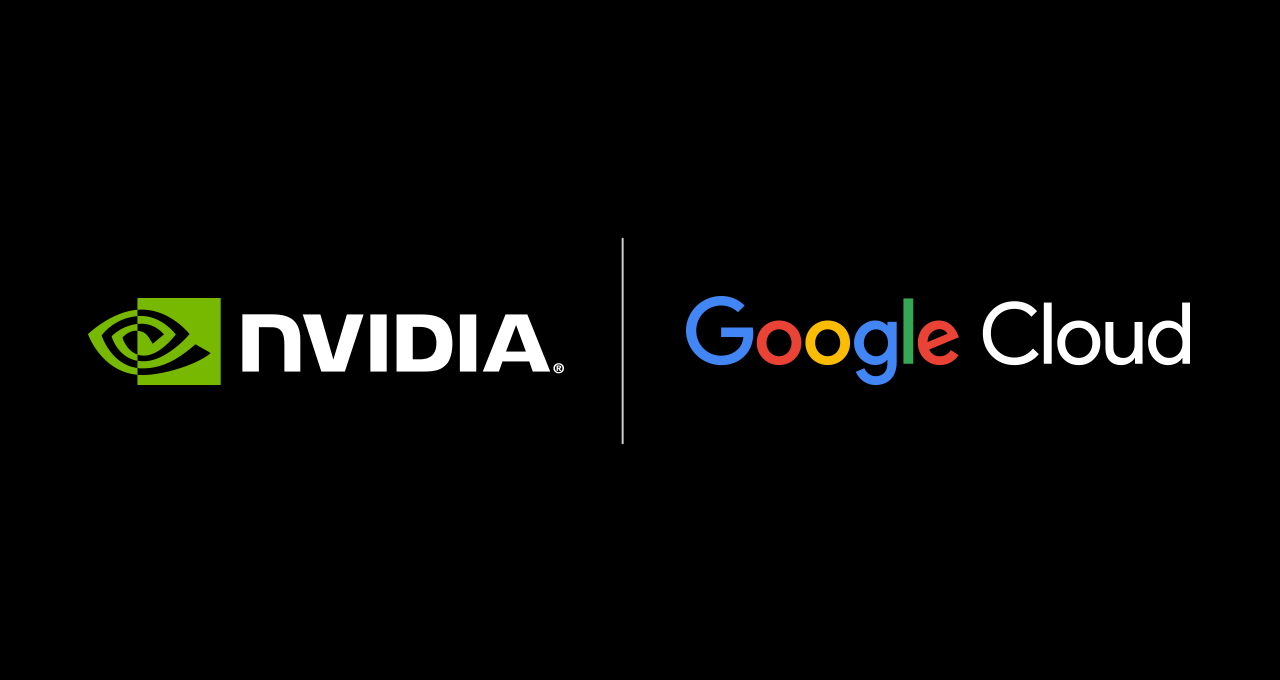
A silent standoff is brewing in the corporate world. While executives champion the efficiencies of agentic AI, a wave of employee skepticism threatens to derail its rollout. Nearly two-thirds of C-suite executives say trust in AI drives revenue, competitiveness, and customer success. However, more than half of workers say it’s difficult to find trusted AI tools.
“The trust gap is huge,” Shane Smyth, CTO of Saltbox Management, said at TDX 2025, underscoring this conundrum. “If you don’t trust something when you’re using it, then you’re not going to use it.”
The good news? Business leaders across industries have acknowledged their employees’ trust issues and are actively seeking ways to address it.
The trust gap
Alex Waddell, Chief Information Officer of Adobe Population Health, said that AI trust can be a struggle in a healthcare company.
“There’s a lot of fear around AI, especially around it being prescriptive or suggestive when it comes to member care,” he shared at TDX. “We don’t want to accidentally suggest or say something that may be harmful to the members. This was something that my organization really had to overcome.”
Waddell isn’t alone. Distrust in AI extends beyond the healthcare industry, and even typically bleeding-edge consulting firms express concerns and acknowledge the potential downsides.
Being skeptical is not a bad thing. Being aware of the potential risks is very important, especially as we go into this uncharted territory.
Raju Malhotra, Chief Product and Technology Officer at Certinia
“No one should be surprised there is a level of distrust for such a groundbreaking new technology that can transform a lot of things from an experience perspective,” said Raju Malhotra, Chief Product and Technology Officer at Certinia. “Being skeptical is not a bad thing. Being aware of the potential risks is very important, especially as we go into this uncharted territory.”
Bridging the divide through operations
Business leaders are focusing on a combination of factors to overcome agentic AI adoption hurdles. One perspective came from Waddell, who shared Adobe Population Health’s approach to solving the trust gap.
“It was a crawl, walk, run approach. We worked with our clinical leadership and our compliance teams, and showed them the technology. And we started with a very small group on a single use case — because it’s really important, especially in healthcare, that when you deploy technology, it’s not just coming from a technologist.”
Waddell added that it’s critical for users to have somebody who thinks like them and has the same goals to be there to champion it. “IT leaders could really know this technology is great,” he said. “We know it can have an impact. But get with your end users and get their buy-in early. Because then they feel involved and they feel excited about the opportunity.”
The CTO of Saltbox Management also stressed the importance of by-the-book testing and a secure roll-out process.
“A lot of it comes down to making sure you go through the right testing cycles,” Shane Smyth shared. “Making sure that we’re rolling this out in a secure manner, but also tested as well.”
“Trust and adoption comes down to the release cycle,” Smyth continued. “Go through a pilot MVP, gain adoption, make sure the outputs are going to drive value for the customers with the right use cases that are going to drive that value. If you put those pieces together with the kind of testing framework, you can really start to build that trust with your users when it comes to the AI agents.”
Closing the gap through education
Kelly Bentubo, Director of Architecture at Alpine Intel, emphasized the importance of hands on and other types of AI education to help close the gap.
“As leaders in development and IT, we can really work to build that trust with output from generative AI, of course by testing, but really getting hands on,” Bentubo said at TDX. “A lot of times folks are uncomfortable with change because they don’t know what’s involved.”
When you get under the hood of Agentforce, you’ll see that it is simply doing everything that you’ve given it access to do.
Kelly Bentubo, Director of Architecture at Alpine Intel
“When you get under the hood of Agentforce, you’ll see that it is simply doing everything that you’ve given it access to do,” she said. “The more we talk about it and take something that’s maybe more fear-based, the more we can alleviate those concerns.”
Dan O’Leary, Senior Director of Partnerships at Box, advocated for Trailhead and the Agentforce trailmixes as ways to get hands on.
“I’ve had a lot of really good experience on Trailhead learning about Agentforce,” O’Leary said. His advice for others? “Go earn some badges, take some classes, get involved — but then also make that trailmix accessible to your team, come to TDX and other events, and really take the time to get to learn about it.”
Bentubo followed that up by reinforcing the power of the Salesforce community. “I do think that my best recommendation is to get involved, to test it out,” she said. “Salesforce has an amazing platform in Trailhead where they’ve really democratized the ability to learn.”
Closing the gap to unleash digital labor
The emergence of agentic AI presents a paradigm shift, yet its integration is fraught with industry-specific challenges and potential operational disruptions. Addressing these concerns necessitates a strategic approach that moves beyond superficial reassurance.
Forward-thinking CIOs are prioritizing rigorous pilot programs, robust security frameworks, and transparent communication strategies.
This involves not only educating stakeholders on AI capabilities and limitations but also fostering a culture of experimentation within controlled environments. By focusing on data governance, algorithmic explainability, and measurable ROI, enterprises can mitigate risk and unlock the transformative potential of AI agents, ensuring sustainable and responsible adoption.
Go deeper:
- Discover how CIOs can overcome hurdles around agentic AI
- Explore Salesforce’s roadmap to achieving a trusted AI ecosystem
- Read about Salesforce being named to the world’s most ethical companies for a 16th year
- Explore how to test agents
- Learn more about testing and deployment on the Salesforce Platform
- Join the new Agentblazer and Datablazer communities
- See how teams can test Agentforce in Sandboxes and deploy to production
Blog Article: Here


